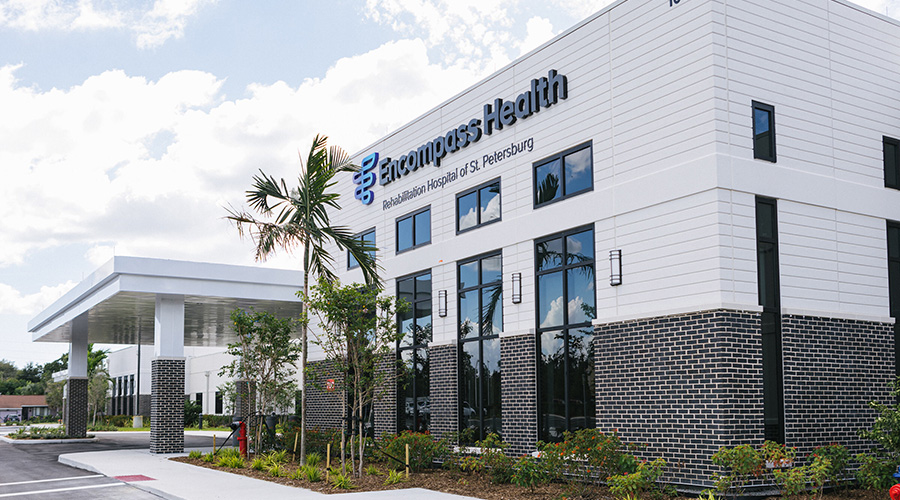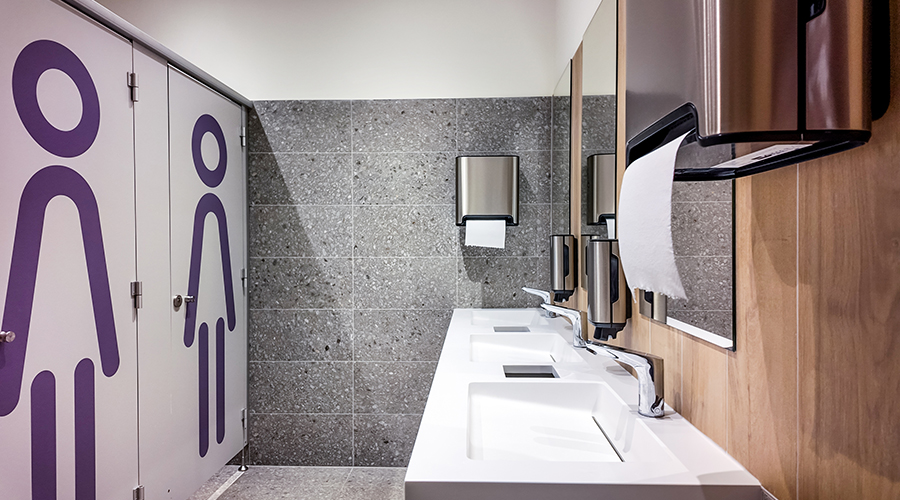Disaster recovery is no longer a solo effort. For healthcare facilities facing natural disasters, cyberattacks and other emergencies, collaboration is a cornerstone of resilience. Whether through information sharing organizations, public-private partnerships or local community ties, the ability to respond quickly and recover effectively depends on the strength of an organization’s external bonds.
Healthcare Facilities Today spoke with Jon Crosson, director of health sector resilience at Health-ISAC, about the critical role collaboration plays in disaster preparedness and recovery, the resources available to facility managers, and how healthcare organizations can build stronger relationships with community partners to bolster their response capabilities.
Healthcare Facilities Today: How does collaboration enhance a facility’s ability to respond and recover from disasters?
Jon Crosson: No matter how big or successful an organization is, it simply can’t handle disasters on its own. There’s always going to be a need for outside resources, expertise and information. A strong threat intelligence program should pull insights from both inside and outside the industry.
When it comes to responding to a crisis, organizations often rely on that external support, whether that’s through their insurance carrier, legal counsel or other key partners. Teaming up with an Information Sharing and Analysis Center (ISAC) or another information sharing group is also a smart way to tap into collective knowledge.
However, collaboration isn’t just nice to have, it’s also essential. An organization’s ability to respond to and recover from disruptions depends on the strengths of its partnerships and external resources. So, the stronger the network, the stronger the resilience.
HFT: What kind of resources are available to healthcare facility managers for collaboration and information sharing?
Crosson: Organizations like the Cybersecurity and Infrastructure Agency (CISA), the Department of Health and Human Services (HHS), Health-ISAC or the Health Sector Coordinating Council work together to keep the healthcare community informed and prepared. They share threat intelligence, best practices, lessons learned and actionable guidance that help organizations stay ahead of threats.
Related Content: Preparing Healthcare Facilities for Severe Thunderstorms
On top of that, many private sector vendors offer valuable resources as well, hosting webinars, conferences and other events that foster learning and collaboration. For example, the HSCC Cybersecurity Working Group created the Health Industry Cybersecurity – Matrix of Information Sharing Organizations (HIC-MISO) that maps out key information sharing groups and their services.
Then building on that, Health-ISAC partnered with the HSCC Cybersecurity Working Group to put together an Information Sharing Best Practices guide, which turns HIC-MISO into a practical tool. That Information Sharing Best Practices guide lays out why information sharing matters, what kind of information to share, how to do it and who to share it with. The guide also includes real world case studies to show how effective information sharing can make a difference in various situations.
HFT: What steps can healthcare facilities take to integrate with their local community for disaster preparedness and recovery?
Crosson: Get involved with ISACs or other information sharing groups and also consider hosting local events to network with professionals and colleagues in your area. Building those relationships with partners in your region and local community isn’t just a good idea, it’s a game changer for resilience.
Healthcare facilities that invest in these connections tend to be more confident in their planning and they recover from disruptions more quickly and effectively. Strong community ties make all the difference when it comes to coordinating responses and bouncing back faster after a crisis.
Jeff Wardon, Jr., is the assistant editor of the facilities market.

 A 'Superbug' Is on the Rise in Hospitals
A 'Superbug' Is on the Rise in Hospitals The Next Generation of Security Tech in Healthcare Facilities
The Next Generation of Security Tech in Healthcare Facilities Encompass Health Rehabilitation Hospital of St. Petersburg Opens
Encompass Health Rehabilitation Hospital of St. Petersburg Opens Why More Facilities are Adding Gender Neutral Restrooms
Why More Facilities are Adding Gender Neutral Restrooms Massachusetts Hospital Cyberattack Reflects Growing Vulnerability in Healthcare Systems
Massachusetts Hospital Cyberattack Reflects Growing Vulnerability in Healthcare Systems